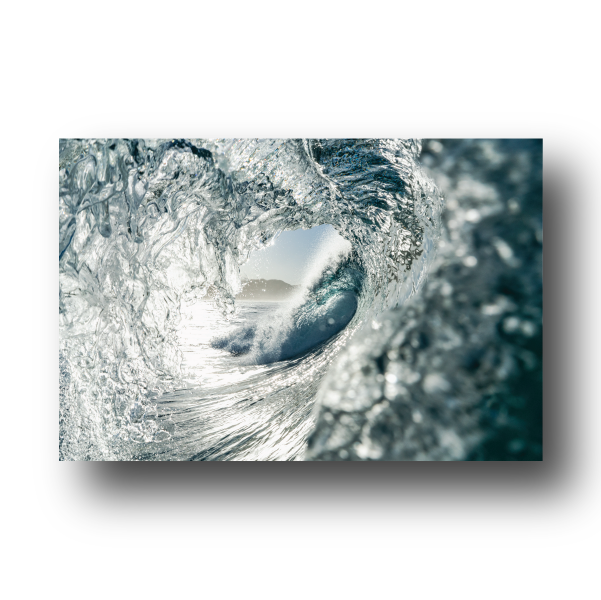A Beginner’s Guide To Planning Your First Adventure Travel Trip
Your first adventure travel trip is an exciting milestone! Adventure travel is all about immersing yourself in new environments, trying exhilarating activities, and stepping out of your comfort zone. While the thrill of adventure is a big part of the experience, planning a smooth trip requires thoughtful preparation. Here’s a step-by-step guide to help you set off confidently and make the most of your first adventure travel journey.
Watching the Northern Lights dance over a Sami residence in Norway. Photo by Dalton Johnson
1. Start with a Plan
Starting with a solid plan is essential for any successful adventure trip, especially if it’s your first. Begin by researching your destination to understand what it has to offer in terms of activities, terrain, and cultural experiences. Knowing the types of activities available will help you decide what to include in your itinerary. Are you looking for mountain hikes, water sports, wildlife safaris, rock climbs, or a mix? Create a realistic schedule that balances activity with rest days, so you have time to relax and process your experiences.
As you plan, keep in mind factors like local weather conditions and safety. Research the best time of year to visit, as weather can affect accessibility to certain areas and the quality of your experiences. Additionally, look up any cultural norms to ensure you’re respectful of local traditions and prepared to navigate social situations.
2. Set Your Budget and Gather the Right Gear
Budgeting is key to adventure travel, as the costs can vary greatly depending on your activities and destination. Break down your budget into major categories: flights, accommodations, meals, activity fees, gear, and a buffer for unexpected expenses. Budgeting in advance also helps you prioritize certain activities and avoid overspending.
Once your budget is set, turn your attention to gear. The type of gear you need will vary depending on the activities you’ve planned. For example, a trekking trip might require durable hiking boots, weather-resistant clothing, and a sturdy backpack, while a snorkeling adventure in Belize calls for swimwear, a snorkel set, and reef-safe sunscreen. Pack light but be thorough, ensuring you have essentials like a first aid kit, reusable water bottle, and any activity-specific equipment. If you’re new to adventure travel, consider renting certain items or purchasing them secondhand to save money.
3. Prioritize Health and Safety
Ensuring your health and safety should be a top priority, especially if you’re traveling solo or to a remote location. Check for any vaccinations or health requirements specific to your destination, and pack any medications or health supplies you may need. Some activities might require additional training or experience, so take a realistic look at your skill level. It’s better to build up gradually than to attempt an activity that feels overwhelming or unsafe.
In terms of safety, keep both your physical and mental well-being in mind. Research local emergency contacts and carry a small first-aid kit with basic items like bandages, antiseptic, and pain relievers. Always let someone know your travel plans, especially if you’re heading to a remote area without cell service. Lastly, consider travel insurance to protect against any unexpected situations, especially if your trip involves activities like climbing, skiing, or scuba diving.
Looking out upon the Amalfi Coast while on an e-bike adventure. Photo by Dalton Johnson
4. Build Flexibility Into Your Itinerary
While a plan provides structure, it’s also essential to stay flexible. One of the best parts of adventure travel is the freedom to embrace the unexpected. Weather, local events, or even a recommendation from a fellow traveler might lead you to change your plans, and that’s okay. Building flexibility into your itinerary lets you explore spontaneous opportunities without feeling stressed about keeping to a rigid schedule.
It’s helpful to leave one, or two days, open in your itinerary to explore areas you discover along the way, relax, or catch up on rest. Remember, you don’t have to see and do everything on your first trip. Adventure travel is about quality experiences and connecting with your surroundings, so savor each moment without rushing.
5. Embrace the Journey, Not Just the Destination
Adventure travel is as much about the journey as it is about reaching specific goals or destinations. Allow yourself to be present and fully engage in each experience rather than focusing solely on your itinerary. Take time to appreciate the landscapes, people, and cultures you encounter. Adventure travel often involves challenges, whether it's an early morning hike or navigating new surroundings, but those moments can lead to the most rewarding experiences.
Kayaking among icebergs in Antarctica. Photo by Dalton Johnson
In the end, your first adventure travel trip is an opportunity to learn, grow, and enjoy the thrill of exploration. With a well-thought-out plan, the right preparation, and an open mind, you’ll be set to make unforgettable memories and come back with stories of a lifetime. So, pack your sense of curiosity and embrace the excitement ahead!













